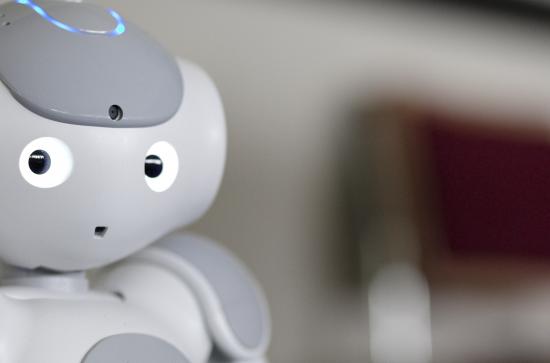
The defeat of the reigning chess world champion Garry Kasparov by a computer, IBM’s Deep Blue, on May 11, 1997, is an interesting side-note on the development of computing. Rather than being a break-through in artificial intelligence, it perhaps shows something more prosaic about people’s attitude to computers and how they work.
Professor Adam Winstanley, Head of the Department of Computer Science at Maynooth University, explains that Kasparov did not know much about how Deep Blue worked.
"An earlier version had beaten him in one game in a challenge match the previous year but had then lost three-times to him in the overall 4-2 result. He had also played against simpler chess programs but knew that Deep Blue was much more powerful and impressive. During the first game of the 1997 tournament, initially computer and grandmaster seemed well matched, trading pieces and apparently understanding strategies. Out of the blue, at move 44, the computer made a seemingly naive error, giving up a piece for little advantage. This rattled Kasparov – had this powerful intelligence come up with some clever strategy he could not see?"
IBM’s Deep Blue was a fast, massively parallel machine that used reference data from 700,000 chess games provided by grandmasters. Kasparov asked to see the details of these games and the test games Deep Blue had already played but was refused. Deep Blue used a brute force trial-and-error method that looked ahead up to 20 moves in the game, evaluating every possible outcome so as to choose the best strategy to adopt. Under chess rules, this was time-limited so, depending on the state of the game, some of its moves looked ahead further and were better than others. In some cases this resulted in odd moves that no experienced chess player would make.
So while Kasparov worried about Deep Blue’s strategy, the simple answer was that, in the time available, the best move the computer could find was a rather poor one. However, Kasparov thought he saw creativity and intelligence in Deep Blue’s move. Drawn after game 5, he himself made an error early in game 6 on which Deep Blue capitalised to win the match. The media announced that a machine had out-thought the human brain in this most complicated game. A new era of artificial intelligence was here.
"Deep Blue was a powerful computer dedicated to one task, using its speed to search through many possible outcomes and choosing the best. We use similar parallel computers today to forecast the weather, sequence DNA and analyse so-called big data. We use similar algorithms to recognise faces, recommend items in online shopping or drive autonomous cars. But this is not the creative, adaptable, general intelligence that humans exhibit. We really have only a superficial idea of how the human brain works. Real artificial intelligence is still in its early stages of development. Systems that can replicate human intelligence could be centuries away, at best," Professor Winstaley continued.
After he realised what had happened, Kasparov requested a re-match but was denied and Deep Blue never played again. Its different parts are now un-functioning museum displays. Present-day computers can perform complicated tasks and solve complex problems like driving a car but real artificial intelligence is still only science fiction.
Maynooth University's BSc in Computational Thinking unites Computer Science, Mathematics and Philosophy, combining human creativity with the power of computers to find solutions in the presence of uncertainty.
